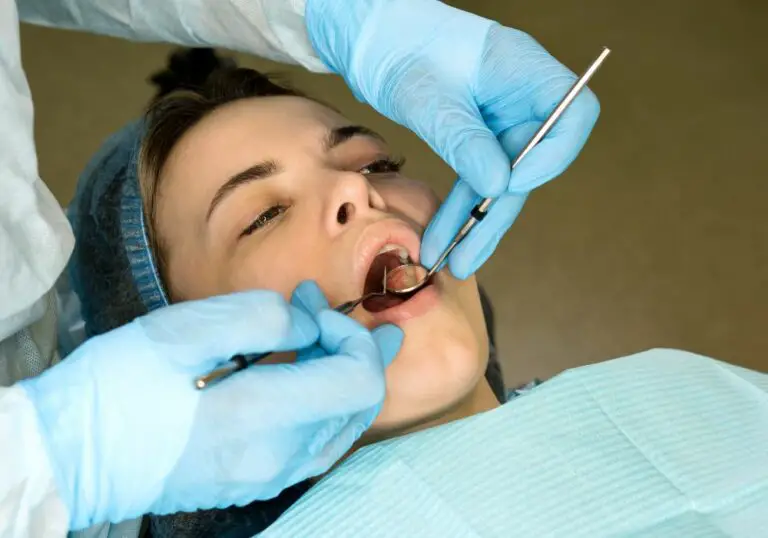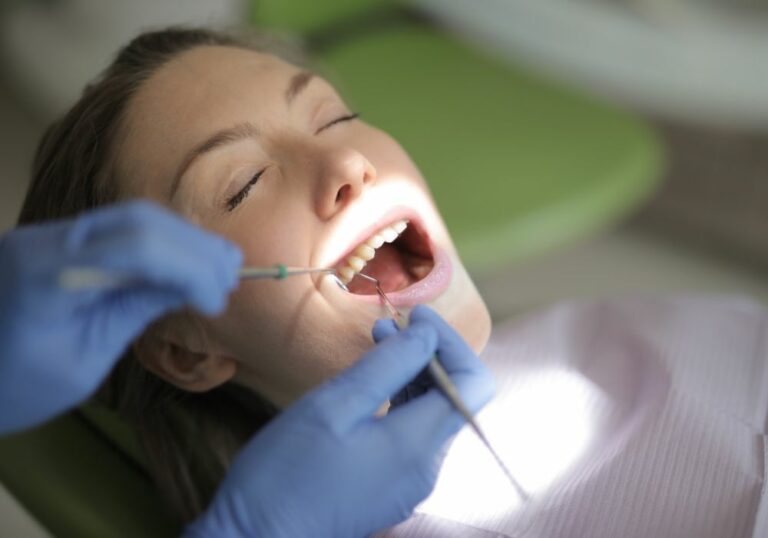Having a chipped tooth can be annoying and make you feel self-conscious about your smile. Fortunately, most chips and cracks affecting the enamel and outer layers of a tooth can be repaired. This article explores the common causes of chipped teeth, the methods used to fix them, and tips to prevent chips from occurring.
What causes chips in teeth?
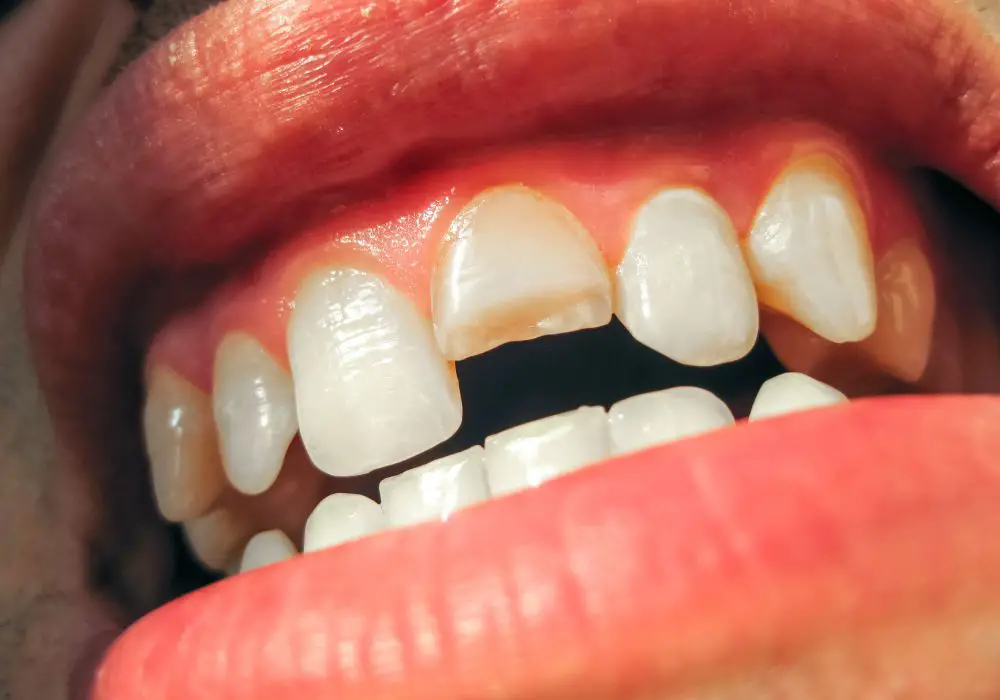
Chips in teeth are small cracks or pieces that have broken off the enamel surface of a tooth. There are several potential causes of chips in teeth:
Trauma/injury
Chips can occur due to trauma from an injury, such as getting hit in the mouth. Things like sports injuries, falls, automobile accidents, or getting hit by an object can cause enough impact to chip a tooth. The front teeth are most vulnerable to chipping from trauma.
Biting on hard objects
Biting down on something hard like ice, hard candy, nuts, seeds, or even a pen/pencil can lead to chips in teeth. The pressure and impact on the tooth can cause the enamel to crack or break off.
Grinding/clenching
People who grind or clench their teeth, especially at night, may wake up and find a small chip on the biting surface of their teeth. The constant pressure wears down the enamel over time.
Tooth decay
Untreated tooth decay that reaches the dentin layer underneath the enamel can cause structural weakness. Brushing or eating on the decayed area may lead to chips breaking off.
Previous dental work
Teeth that have undergone procedures like fillings, crowns, or veneers may chip more easily, especially at the edges of the restorations. The bonding between the restoration and natural tooth can become weakened over time.
How are chipped teeth evaluated?
When evaluating a chipped tooth, the dentist will consider:
- Location and size of the chip
- Shape of the chip – is enamel missing or has a piece broken off?
- Depth – is dentin or pulp exposed?
- Cause of chipping – was there trauma, decay, etc?
- Presence of pain, bleeding, or sensitivity
- Esthetic concerns – is the chip visible when smiling?
The dentist will visually examine the chip using a dental mirror and probe. They may take dental x-rays to check for damage underneath the enamel. Impressions of the teeth may be taken to evaluate the exact fit if a restoration is needed. Assessment of bite and occlusion will also be done.
Can small chips in teeth be fixed?
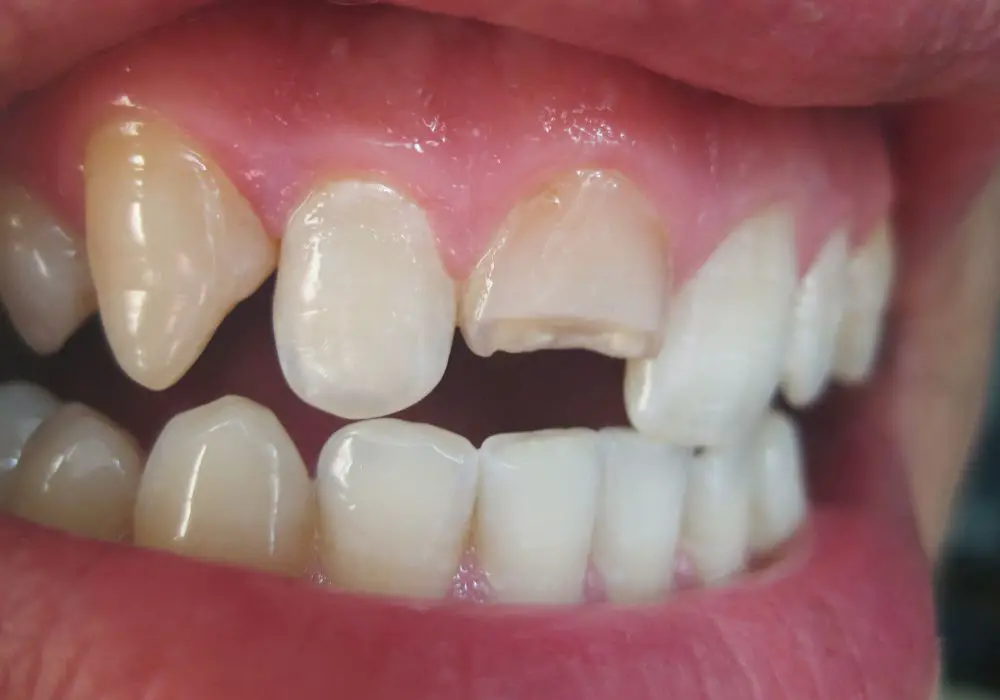
Yes, there are several good options for fixing small chips in teeth, depending on the severity.
Minor enamel chips
Small chips that only affect the outer enamel layer can be polished and smoothed using dental instruments. This evens out the roughness and reshapes the edge of the chip.
Bonding
For slightly larger chips involving loss of enamel, dental bonding can restore the shape and appearance. The dentist applies a tooth-colored resin material to fill in the chip and structures the natural shape. The material hardens with a curing light and matches the color and translucency of the surrounding tooth.
Veneers
Dental veneers are thin custom-made covers placed over the front surface of teeth. Getting veneers is a common way to fix multiple small-to-medium chips for cosmetic reasons. Veneers camouflage chips and cracks for a flawless appearance.
Dental crowns
When there is more significant loss of tooth structure from a large chip or fracture, a dental crown may be needed. Crowns fully encase the entire visible part of the tooth with a custom-fitted covering. This is done when the remaining tooth can’t support a filling or other restoration.
What is the process for fixing chipped teeth?
Here are the general steps for fixing chipped teeth:
- Evaluation – The dentist will assess the chip, take x-rays if needed, and determine the best restoration method.
- Preparation – For procedures like bonding, veneers, and crowns, some natural tooth may be removed to prepare the surface.
- Impressions – Molds or impressions of the teeth are taken to fabricate veneers or crowns in the lab.
- Restoration placement – The dental material is bonded to the tooth for bonding, or cemented in place for veneers and crowns. Adjustments are made to ensure proper fit and bite.
- Finishing and polishing – Final shapes and smoothness are fine-tuned, leaving a natural looking restoration.
Follow-up visits may be scheduled to evaluate how the tooth is functioning. It’s also important to avoid chewing hard foods and maintain good oral hygiene practices. With proper dental repair, small chips can often be fixed for both functionality and aesthetics.
Can chipped teeth be prevented?
There are some proactive things that can be done to lower the chances of chipping teeth:
- Wear a custom mouthguard if participating in sports or activities where the face/mouth may get hit.
- Avoid chewing on hard items like ice cubes, nuts, popcorn kernels or hard candy.
- Use a bite plate or nightguard if you grind your teeth.
- Get dental decay treated early before it compromises tooth structure.
- Have previous dental work like fillings and crowns replaced if they become cracked, loose or defective.
- Get dental cleanings every 6 months to keep teeth and gums healthy.
Does insurance cover chipped tooth repair?
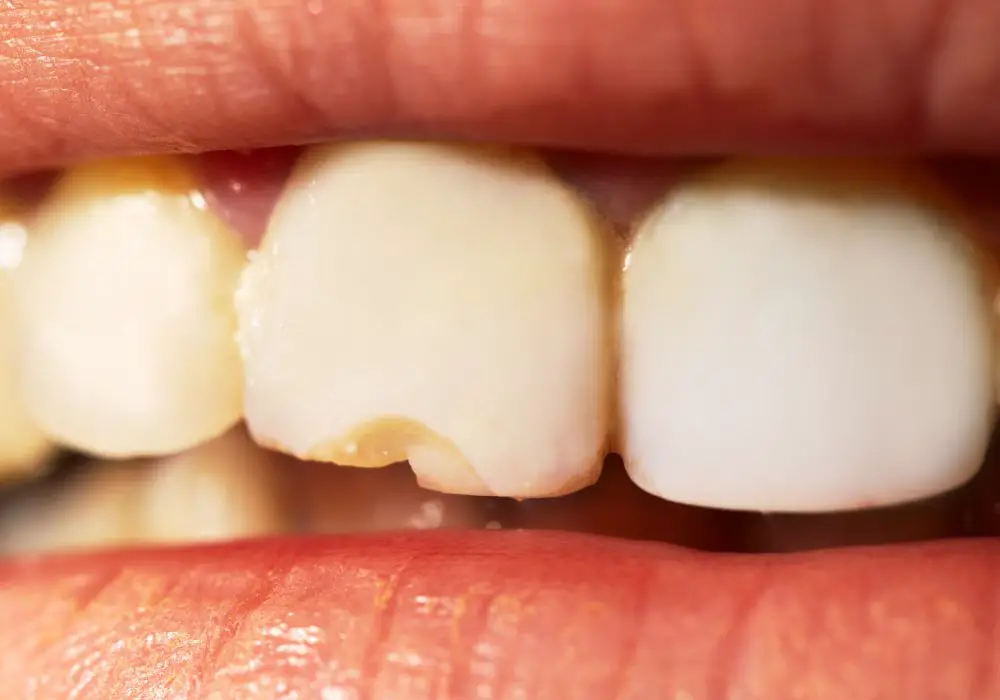
What dental insurance covers for chipped teeth can vary:
- Small enamel shaping/polishing may be covered under a yearly cleaning/exam.
- Bonding and filings are typically covered as a restoration procedure with any co-pays/deductibles applied.
- Veneers may be considered cosmetic and not covered, depending on the insurance plan. This should be verified beforehand.
- Crowns needed to fix a significant chip are usually covered the same as a regular crown would be. The patient would be responsible for their portion of the cost.
No matter what type of dental insurance you have, it’s always smart to get an estimate of benefits before starting treatment. This will avoid any surprises about coverage for fixing chipped teeth.
Frequently Asked Questions
Does a chipped tooth need to be fixed?
It is recommended to get even minor chips treated because they can worsen over time. The roughness or jagged edge leaves the tooth prone to additional chipping and damage. Fixing the chip prevents the problem from advancing and leading to more serious issues.
How do they fix a small front tooth chip?
For minor chips on front teeth, dental bonding is commonly used. The dentist applies a tooth-colored resin material to fill in the chip. They sculpt the resin to match the original shape of the tooth and smooth the surface. Bonding provides an affordable, quick way to fix small chips in the front smile zone.
Is there any pain associated with chipped teeth?
A simple enamel chip is not likely to be painful. However, if the chip extends deeper into the tooth, hitting the dentin layer, it may cause some pain. Exposure of the inner pulp tissue can also lead to more severe, throbbing pain when breathing air or consuming hot/cold foods. If the chip is causing pain, see a dentist right away.
How long does a chipped tooth repair last?
The longevity depends on the method used. Simple polishing may buy some extra time before the chip worsens again. Bonding typically lasts 5-10 years with proper care. Veneers and crowns are more permanent fixes lasting 10-15 years or longer. Good oral hygiene and avoiding biting on hard objects helps any chipped tooth repair last.
Can you chip a crown?
Yes, it is possible to chip the porcelain on dental crowns, veneers, and other tooth-colored restorations. The same things that damage natural teeth – trauma, biting hard objects, grinding, etc. – can also chip prosthetic teeth. Minor chips may be smoothed or polished. More significant damage will require replacing the restoration.

